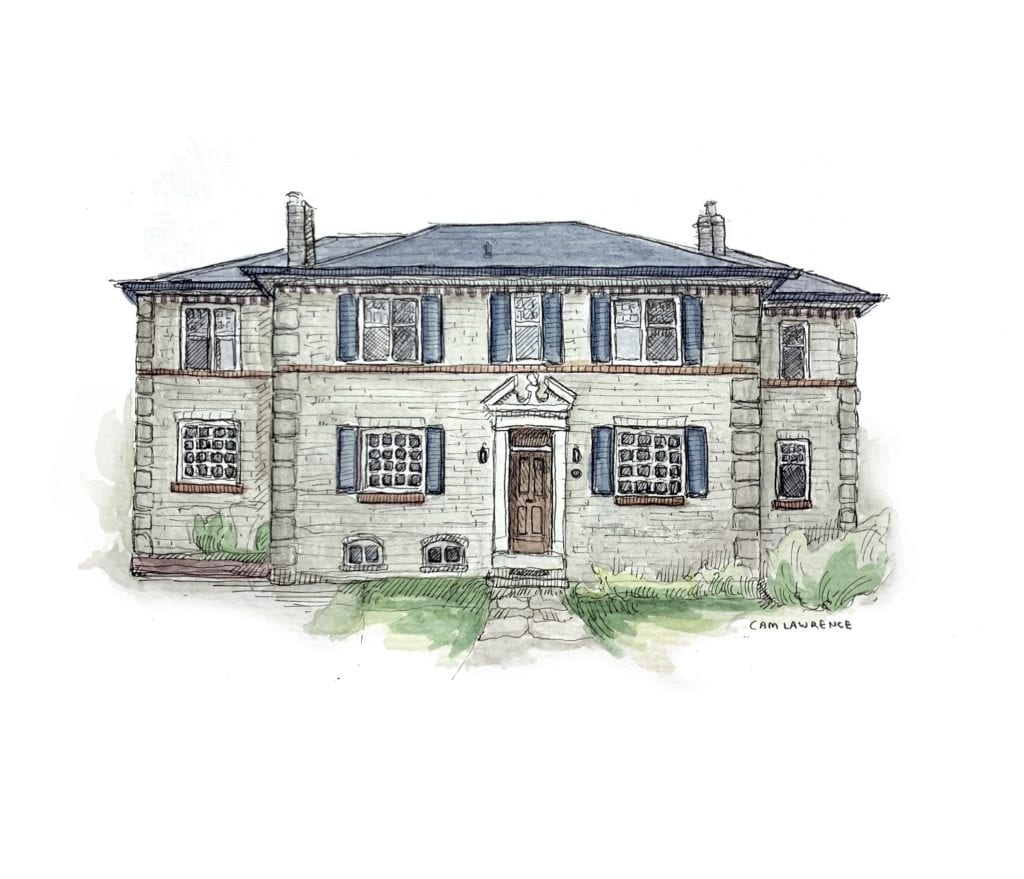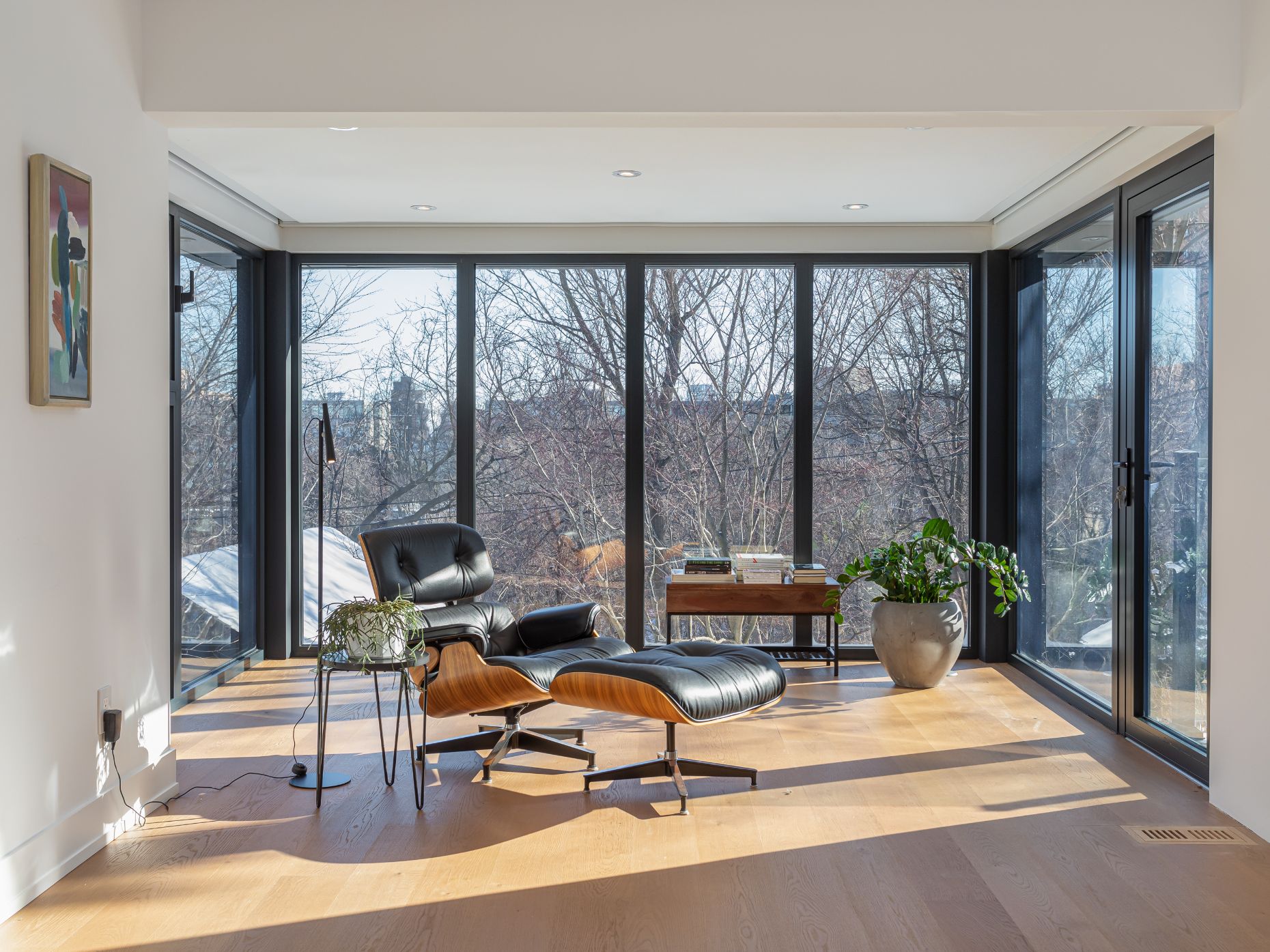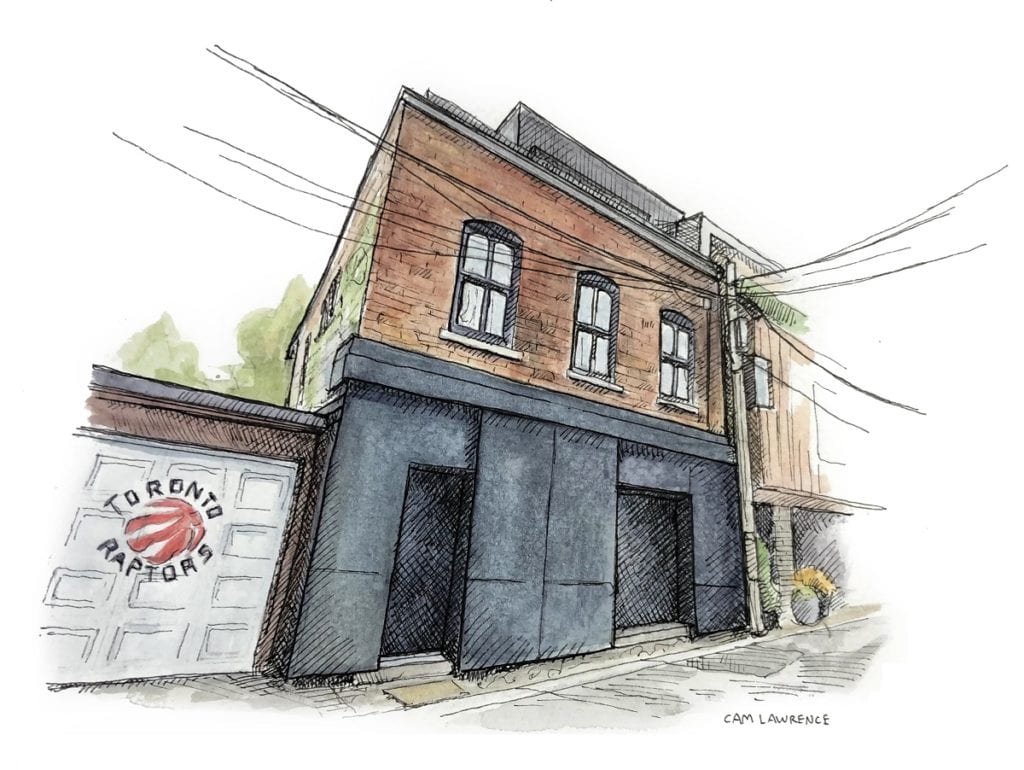
As a follow up to my Toronto Then and Now series, my new series of bi-monthly blog posts continues, where I’ll focus on many different architectural styles that can be found around the city of Toronto. This next post is on Georgian architecture.
Time Period
Original: 1780s-1860s / Revival: none – some of the first homes in Canada were Georgian.
History
The Georgian style of architecture first appeared in Upper Canada (as the area around Ontario and the west was known before it became Canada in 1867) in the late 18th and early 19th century. Loyalists from the United States, those who sided with England during the American War of Independence, some of which fled to Canada after the war ended, as well as British immigrants, brought this style with them.
The Georgian period in Britain was a period of increasing stability and solidarity. The Acts of Union in 1707 united the Kingdom of Scotland and the Kingdom of England into Great Britain, marking the beginning of the prosperous British empire. Instead of focusing on gaining more territory, Britain instead built up a worldwide trading network to facilitate business around the globe. This was really only possible because of its powerful and effective Royal Navy, which prevented piracy of trade routes and invasion of the British Isles.
The architecture that was created during this period therefore served as a symbol of prosperity. Georgian homes in Britain were created in a grand, landscaped setting, and were a sort of Palladian architecture revival. Palladian architecture was a style developed by Venetian architect Andrea Palladio in the 16th century, and strongly emphasized symmetry, perspective, and drew influence from the temples of ancient Greeks and Romans. These English country houses were long and shallow, typically with a higher section in the middle, designed to look impressive and regal from a distance. An interesting feature of British Georgian architecture was false windows, or windows that had been bricked in. The style called for large windows placed in regular intervals on a grid for symmetry, however there was a window tax that increased with the amount of windows a home had. This tax had been around since the late 17th century, however with the union of England and Scotland, taxes were harmonised and instead of a maximum tax of eight shillings (roughly $96 CAD today) for houses above 20 windows, a new top rate of twenty shillings (roughly $241 CAD today) for houses above 30 windows was introduced. To minimize the window tax, homeowners bricked up windows so they did not count toward the total for the window tax.
Notable Features
Probably the most distinctive feature of Georgian homes is the “Georgian window“. Either a sash (opened by moving a panel up/down), or casement (opened by swinging out vertically) window, with at least six glass panes divided by narrow glazing bars. Symmetrical features, uniformity, hip roofs, often with dormers, embellished entrances often with porticos. Homes were most often made with solid brick.
Similar to
Palladian architecture, temple architecture in Greece and Rome.
Where to find
Residential homes in older and more established neighbourhoods
Neighbourhoods
Leaside – Leaside was named for John Lea and his family. The Leas purchased a plot of land close to the Don River, and John Lea’s son William bought the land just south of that and named it Leaside. The settlement was eventually bought by two railway entrepreneurs William Mackenzie and Donald Mann (who incidentally worked with David Blyth Hanna at the Canadian Northern Railway, who Hanna Road was named after). Mackenzie and Mann intended for Leaside to be “the new Rosedale”, however due to financial troubles their vision didn’t quite pan out the way they envisioned.
Forest Hill – Forest Hill used to be known as “Spadina Heights”, but was renamed to Forest Hill which was the name of an estate belonging the one of the settlers of the area.
Moore Park – Moore Park was named after John Moore, who developed the area. He built two bridges in 1891 to encourage buyers to come to the area, one over the Vale of Avoca (the portion of David Balfour Park that is under that bridge at St. Clair and Avoca Avenues), and the other over Moore Park Ravine (then “Spring Valley Ravine”) on Moore Avenue. Additionally, he helped establish railway service to the neighbourhood by overseeing the connection of the area to the Toronto Belt Line Railway.
Streets
Warren Road (Forest Hill)
Hanna Road (Leaside) – This street is named after David Blyth Hanna, a railway executive who worked for Grand Trunk Railway, helped to organize the Canadian Northern Railway and continued to work for them through its merger into Canadian National Railway (CN). After he retired from CN, he was appointed the first chairman of the LCBO (my favourite store), and the town of Hanna, Alberta, is also named after him.
Airdrie Road (Leaside) – This street shares its name with the town of Airdrie, in North Lanarkshire, Scotland.
Rosedale Heights Road (Moore Park)
Drawing by Cameron Lawrence @cam.lawrence_art, property on Hanna Road in Leaside.


